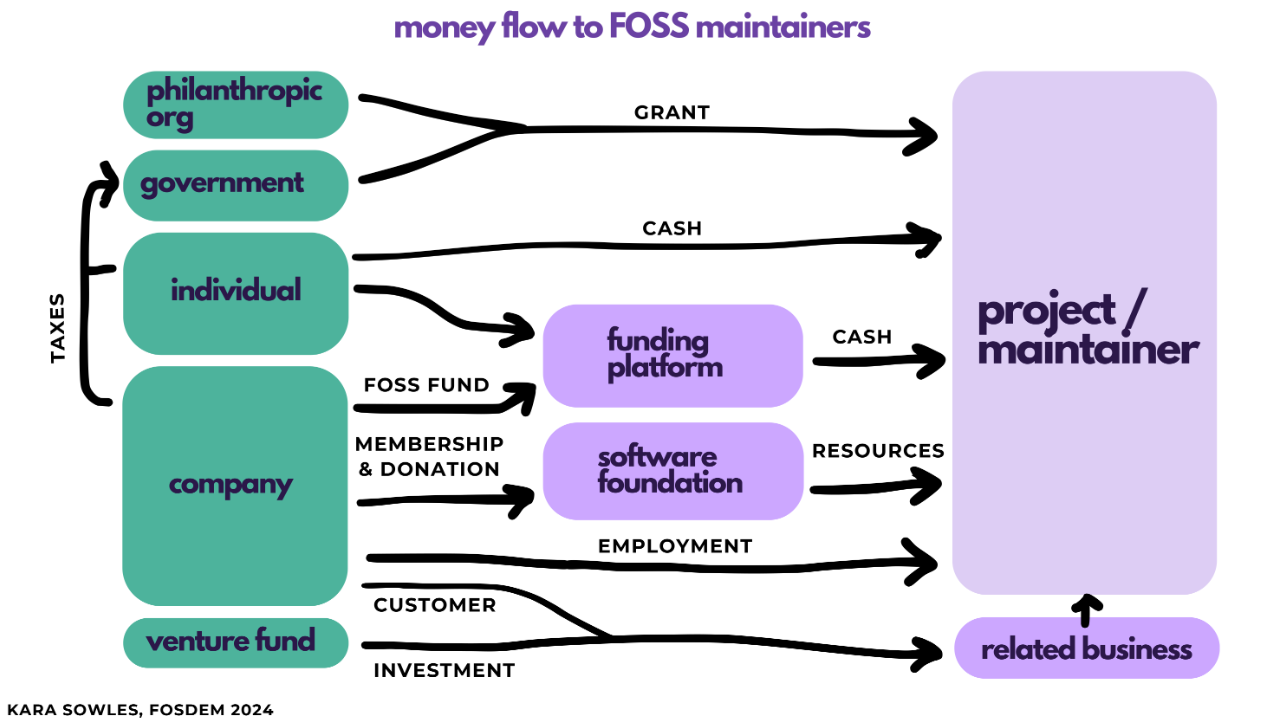Modèles économiques des biens immatériaux
Well, think about photographs. The same dynamic happened with photography. In the old days, when the only people who had cameras were professionals, the quality of photographs was very good. Then, all this consumer cameras and then digital cameras came along, so the number of pictures in the world went up dramatically, and the average quality of them went down. Now, you would say, “Did that mean that there wasn’t a demand for professional photographers?” Well, a lot of them went away, but there are still pretty good professional photographers who are hired for substantial amounts for their particular professional work.
My point, I think, is slightly different. All I’m saying is we need to have a world where everybody’s on the level playing field — every creative work is protected in some sense. I just want to radically lower the cost of negotiating that protection. If we radically lowered the cost of negotiating that protection, then the best work would rise to the surface more easily, and people would be rewarded for having figured out how to produce that best work.
(...)
There are so many fantastic databases out there that are being developed, blockchain databases, that would allow us to do much more in identifying provenance and ownership of content. I think that if they were set up so that the copyright office could recognize them, that would be the best of both worlds. We don’t want the copyright office doing it because no government agency is going to have the capacity to do it in the creative ways that it’s being done right now, but we need to get to a place where that is easier, and I think the market could drive us there more effectively than the copyright lawsuits because copyright applied to provenance claims is going to be a really hard thing to enforce.
Voir aussi :
- Publicité en ligne
- Everyone’s a sellout now (Vox, février 2024)
- Bandcamp : https://octodon.social/@Aleums/111143977258640363
- Patreon : https://siderea.dreamwidth.org/1824441.html
- Elsevier : https://neuromatch.social/@jonny/111960088491070015
3 billion profit on 9 billion revenue is an absolutely monstrous profit margin. Higher than banks (JPMorgan: 28%), tech (Apple: 27%, Alphabet: 21%, Meta: 20%), fossil fuels (chevron: 15%, exxon: 13%) fintech, weapons manufacturers (Lockheed martin: 10%), prescription drugs (Merck: 24%).
Its so profitable because they do so little and are able to extort from so many. They were only able to develop into these surveillance driven profit megaliths because academics unconditionally paid for the privilege of prestige with public funds. - Journalisme :
- We Need Your Email Address (404media, 2024)
- The Truth Is Paywalled But The Lies Are Free (2020)
- Remaking Podcasts For Text (février 2024)
- Open source :
- https://papers.ssrn.com/sol3/papers.cfm?abstract_id=4693148
- https://fosdem.org/2024/schedule/event/fosdem-2024-2751-the-state-of-funding-free-open-source-software/
- @jacob@jacobian.org (février 2024) :
“We believe that open source should be sustainable and open source maintainers should get paid!”
Maintainer: introduces commercial features
“Not like that”Maintainer: works for a large tech co
“Not like that”Maintainer: takes investment
“Not like that”
